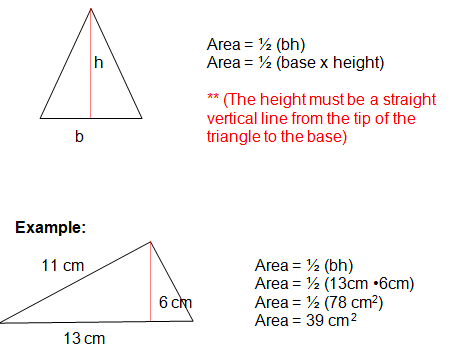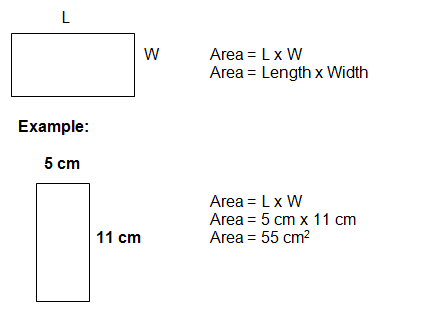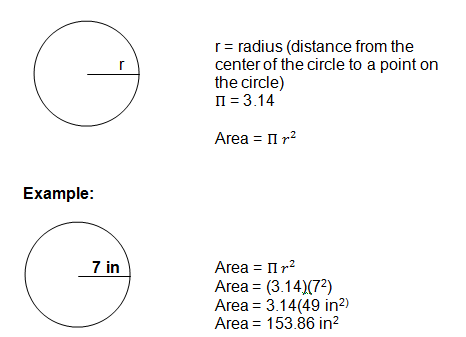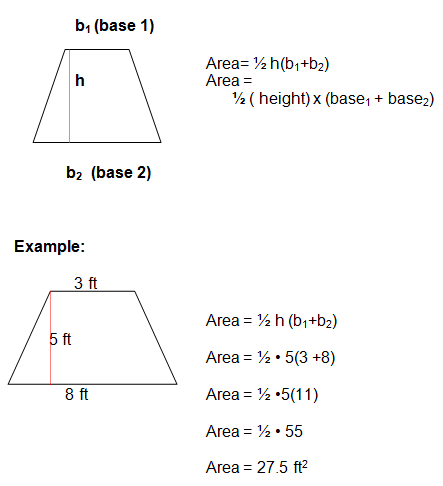nom nom nom!
Pre-Intro
- How goes the data gathering? Any hiccups I can help with?
- I haven't heard anything from anyone, so I will assume the class is going well. Let me know if there are problems. They're with the class, not you.
Intro
hmmm...nothing seems to be here...
Main
Hey, so, remember geometry? Here's a summary: shapes and their properties. One of those properties is area; it's how much space something flat (two dimensional (2D)) takes up. So, a line doesn't have area, and neither does a ball, because neither are flat (in the sense of being 2D; the line is one dimensional, the ball is three). However, the following do have area:
Notice how the sphere fits in the cube, and how that's like the problem you just did. Does the sphere seem to have a bit more room? It does. In fact, by the time you reach the 20D sphere inside a 20D cube, the sphere takes up ~0.00% of the cube.
- triangle
- rectangle
- circle
- trapezoid
If you haven't seen any of these formulae before, just ask me if you have questions. Anyway, you should really know those. I will tell you them when I ask geometry questions, but, like vocabulary, there are certain math concepts that you're just expected to know. Because knowing them means you can rely on them to be easily understood when you try to glue them together with other ideas to form a new concept.
Anyway. Some work:
If you finish early: good for you! Check out the following:
This crazy GIFNotice how the sphere fits in the cube, and how that's like the problem you just did. Does the sphere seem to have a bit more room? It does. In fact, by the time you reach the 20D sphere inside a 20D cube, the sphere takes up ~0.00% of the cube.
WAT?







Comments